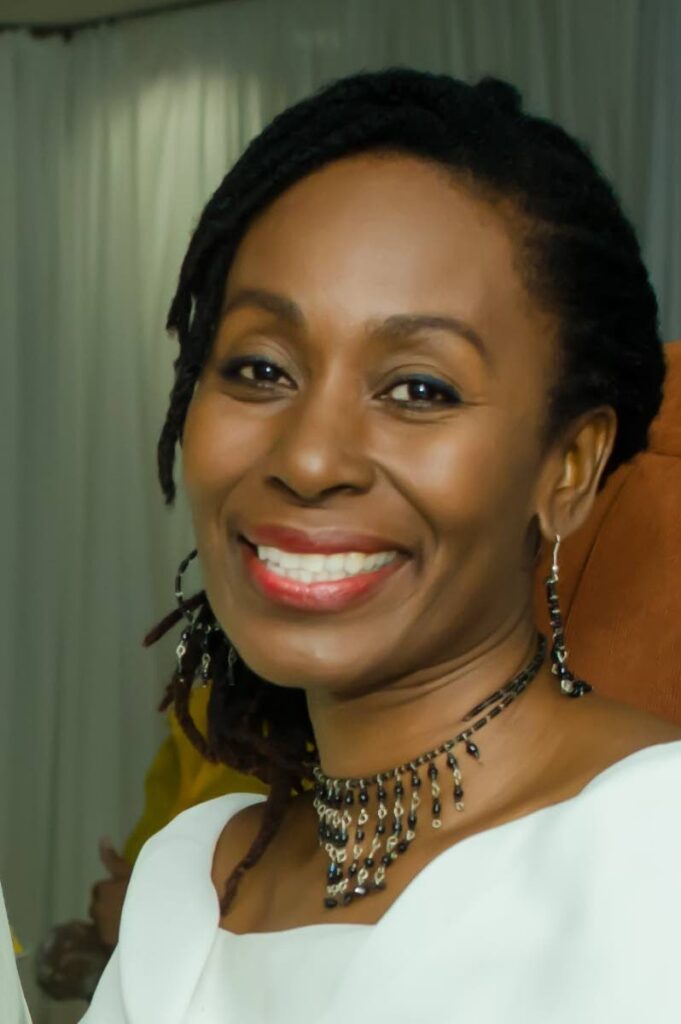Museums must have difficult discourses too

Dara E Healy
“One of our goals for this exhibition was to create a site of conscience rather than indoctrination. To create a dialogue between museums, the governments that fund them and the communities they serve. To create healthy ways of addressing trauma. We hope that this exhibition will encourage visitors of all backgrounds to listen and learn from the past and put these learnings into practice today.”
– Gesiye speaking about the Reframing Picton Project, UK
ON THIS International Museums Day, the world is focused on museums and their role in creating “a more conscious, sustainable and inclusive world.” Special attention is being paid to museums as spaces of education and research as a way to achieve this vision. Today, members of the public are invited to visit museums around our capital city, from Angostura to the Central Bank and the National Museum and Art Gallery. But is it enough? Even though we say that we want to create "culturally confident" citizens, have we done enough to deeply connect museums with communities or formal educational institutions?
In TT, we have museums celebrating the heritage of indigenous peoples and East Indian history and culture. Museums, like Fort San Andres in Port of Spain, document elements of our colonial past. We now have a (private) museum dedicated to Carnival. But beyond exhibitions and tours, there is much more work to be done by museums to contribute to a deeper sense of cultural awareness and national pride.
At this juncture of our nation’s development, an important objective behind any exhibition or display must be information motivated by cultural empowerment. For instance, artistic works commissioned a few years ago by the Amgueddfa Cymr – National Museum of Wales, sought to reimagine narratives about Sir Thomas Picton.
After the Black Lives Matter Movement questioned monuments in public spaces, the museum felt it was necessary to encourage a community-based conversation about someone who was widely known for his cruelty, but who was still celebrated as a hero. Artists from TT and Haiti were given the time and space to interrogate Picton’s reputation while he was governor of TT. This included exposing the truth about how he allowed Luisa Calderon, a young girl just 14 years old, to be tortured, as well as his ruthless behaviour towards enslaved peoples.
It is essential that museums recognise that sometimes uncomfortable topics must be addressed. This is not about revealing sensational information or attempting to remake history. Instead, dismantling history as told by one group of people allows for the peeling away of layers of half-truths and lies. It opens a way for people who were previously denied a voice to be heard.
This process is necessary to address the very real questions of generational trauma and the healing of historical wounds. The irony is that we have lived with these societal abnormalities for so long, but do we even know what needs to be fixed?
Some of my maternal ancestors were "cocoa panyols." They worked on cocoa estates, raised families and attempted to make the best of lives uprooted by war and displacement. I grew up with stories about some who settled in Santa Cruz and along the road to Maracas being tricked out of their land by the Americans when the road was being built.
Similarly, during the late 1800s when demand for cocoa increased in Europe and production was high, Africans, Indians and cocoa panyols benefitted to an extent from this lucrative trade. However, the monied classes soon set about purchasing their land to create vast estates.
The effects of these power imbalances can still be seen today across areas such as ownership of land, property and generational wealth. Creating a wider understanding of history must therefore be part of the conversation around displays of artefacts or historical documents.
Carnival, which touches virtually every culture in our nation, is another crucial source of healing. No one seeks to deny the masquerade traditions of Europe. However, to consistently repeat that the TT Carnival began with the French denies the rich masquerade traditions of the Africans. It also ignores evidence of the origins of Carnival and stickfighting in Egypt which eventually spread to West Africa and the diaspora.
So, while walkabouts to museums are nice, we need more. If museums are to fulfil their role as spaces of discourse and emancipation, they must find a way to have the difficult conversations to elevate the consciousness of our people.
Dara E Healy is a performance artist and founder of the Indigenous Creative Arts Network – ICAN


Comments
"Museums must have difficult discourses too"